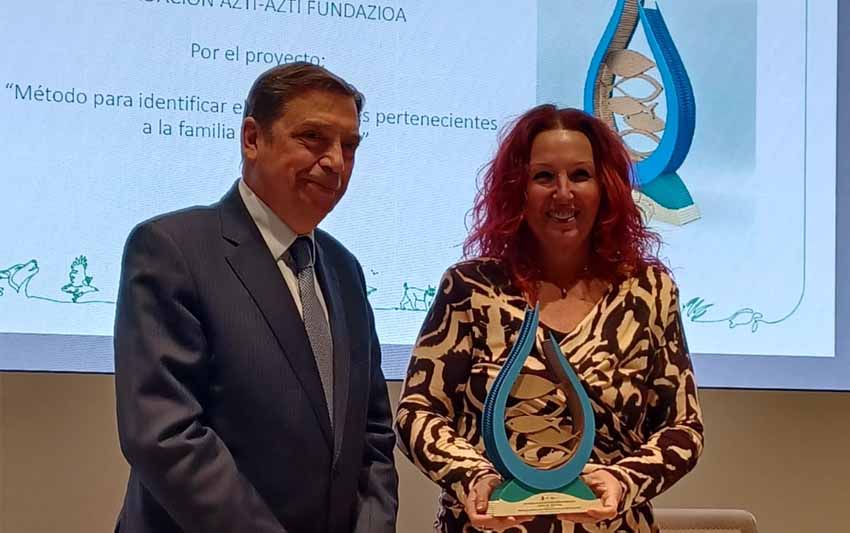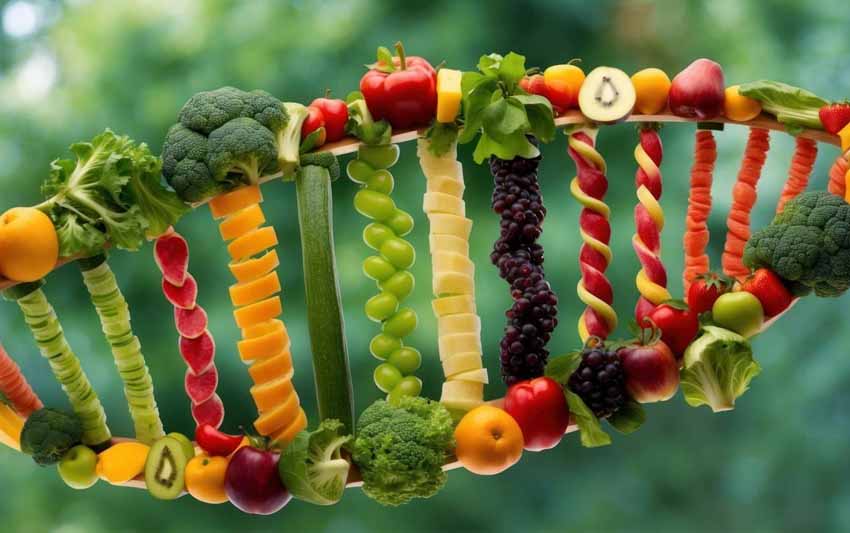The proteins of the future: keys to making them known
Últimas noticias
A pioneering genetic catalogue reveals hidden biodiversity in Basque estuary sediments
Uhinak Technical Committee Sets the Key Points for the 7th International Congress on Climate Change and the Coast
“We fishermen are the ones who earn the least”
- Why is it important to promote and alternative proteins and make them known?
- What is the common ground between legislative experts, researchers, and representatives of the food industry?
The development of alternative proteins has emerged as one of the main fields of food innovation in Europe. But are consumers ready to introduce new or unfamiliar food products into their diets? What do industry and innovation centres need to do to advance the acceptance of these new protein sources?
Índice de contenidos
Discussing the proteins of the future
To further explore these issues, the workshop THE PROTEIN OF THE FUTURE AND THE FUTURE OF PROTEIN IN EUROPE took place in November 2020. The event was organised within the EIT Food project FUTURE PROTEIN, lead by AZTI and with Puratos, University of Aarhus and Fraunhofer as collaborating partners, and gave the opportunity to representatives of food businesses, research centres and food law experts to take part on the different discussions on the topic of alternative proteins.
At the workshop, the results obtained from a consumer study carried out at European level with 1,500 participants were shared, providing information on food preferences, as well as knowledge of the different existing sources of protein. On the basis of the study and the experts’ experiences and knowledge, reflections were obtained which led to the drafting of a manifesto in which the needs and challenges science, technology and the agri-food industry face with regard to the standardisation of alternative protein sources were shared.
This Manifesto aims at sharing the most important messages to increase awareness about the proteins of the future. The complete document is available here, but here is a small summary of the most important inputs:
- Protein is basic in a healthy diet and considering that animal-based proteins have a high impact on the environment, the pressure on the cattle production should be reduced. Developing new alternative sources is key to move towards a more sustainable food system.
- Alternative proteins are healthy and a good source of protein. They can also be rich in other important nutrients such as vitamins, minerals and fiber.
- In general, they have a lower environmental impact: they consume less water and resources, produce less greenhouse gases and can even use certain surpluses from the agri-food industry for their production. Furthermore, they can be produced locally, reducing the impact of transport, and benefiting local economies, while guaranteeing supply.
- They are safe, since in order to be marketed they must comply with the strictest quality and food safety standards established by the European institutions.
- Much work is being done to make products more attractive to the general public, improving their sensory qualities, but also to make them more affordable.
If you want to know more about the issues that were discussed during the workshop, you can access the Conclusions and Minutes document through this link.

The impact of animal-based proteins
Just in case the need to include alternative sources of protein into the diet is still not convincing as a priority action, here are some facts: current estimates suggest that feeding the nearly 10 billion people projected to live on our planet in 2050 will require an increase in annual food production of 70% over current levels.
The environmental impact generated by the consumption of meat from farm animals is also enormous due to the large amount of resources it consumes. The report on land use released by the Intergovernmental Panel on Climate Change (IPCC, an intergovernmental organisation of the United Nations) states that high consumption of beef and dairy products, especially in higher-income countries, is fuelling the climate crisis.
Alternative sources of protein: key to the nutrition of the future
It is important to stress that it is not about of eliminating animal-based protein, nor about stopping eating meat. But it is essential to use innovation to develop products that increase and diversify market choices, as the basis of a healthy diet is the variety and diversity of products that the food industry is able to offer.
Better and more attractive products and clear and comprehensive information on how they are produced, and their origin will help create greater acceptance and, above all, confidence among consumers, contributing to the fight against climate change, but also having a positive impact on our own health.








